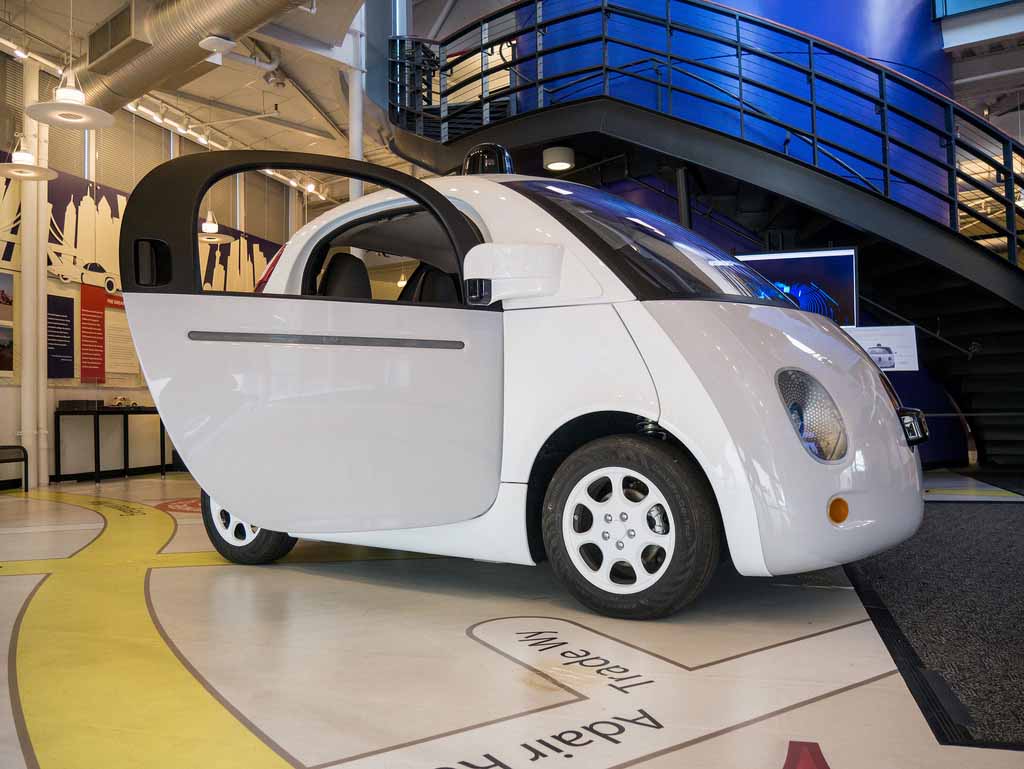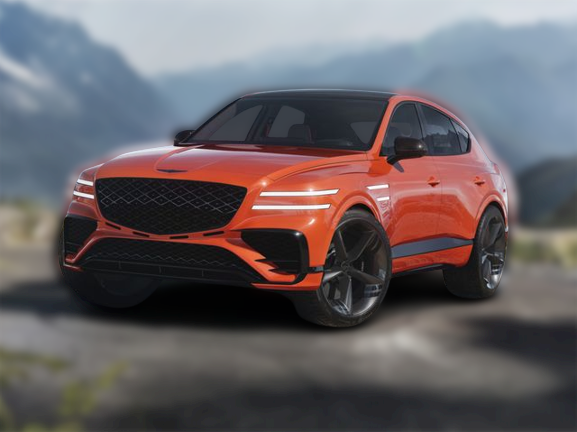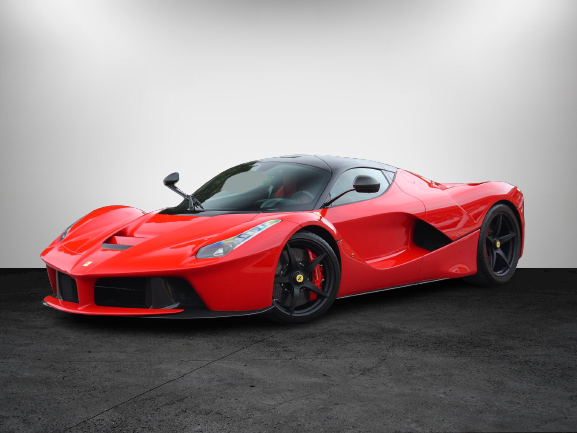Not too long ago, Google invited a bunch of journalists for a ride-along with a couple of its self-driving cars. So yes, the project is still very much on its developmental stages and the day that it’s available to the public is yet to come.
However, it’s not unlikely for the vehicles being road tested today to stay pretty much the same as the ones which will be put on the market once the project finishes its experimental chapter, which is likely to happen in 5 years – this piece of information was uttered by Sergey Brin, the co-founder of Google 5 years ago (so that’s supposed to be now).
But the project looks like it might still be in its early public-testing phase. With that said, anyone interested in becoming an early adapter still has plenty of time to save up so that they may be able to purchase a Google’s self-driving car once it’s available to the public.
A Quick Peek Into the Past
The journey towards the development of driverless cars actually took off back in 2009. What was once christened as “Google self-driving car project” has become “Waymo” in 2016.
Initially, the challenge of completing more than 10 100-mile routes without any interruption was accomplished with the help of modified Toyota Prius cars. In 2012, the fleet was expanded with the addition of Lexus RX450h vehicles. However, that’s not the most impressive thing that happened that very same year: Google’s self-driving cars were able to cover more than 300,000 miles.
And with Google employees in tow, the cars took on much bigger challenges posed by more complex environments with pedestrians, bicyclist and road works going on.
In 2015, a car exclusive for Google’s self-driving car project came into being, and it was baptized “Firefly” and everyone who saw it said it was cute – it looked like a pod fresh from teleporting from the future and, while it featured no steering wheel or pedals, it was capable of steering and braking completely unmanned.
Unfortunately, this year Google – or Waymo, which is the current moniker of the project – decided to quit whipping up Fireflies and instead focused on producing self-driving minivans.
Taking a Look at the Self-Driving Car Itself
Unfortunately for the journalists invited to experience being in a car that could drive itself autonomously, they were not allowed to take snapshots of the interiors of the Lexus RX450h that was used for the event.
But that’s okay because there was nothing exceptionally different about the interiors. Well, except for a couple of things: (1) a red button situated right next to the shifter, which is apparently to be pushed during an emergency, and; (2) a tiny wide-screen monitor placed high on the central console.
Luckily, though, there were no restrictions whatsoever on taking photos of the car’s exteriors. And that’s a good thing because much of the strange contraptions that one would expect to see in a car from the future that’s capable of driving itself could be found on the outside.
For example, there were cameras and global positioning systems or GPS installed on various parts of the Lexus RX450h’s body. But the biggest head-turner is the ice bucket-sized spinning gizmo on the roof.
By the way, the journalists were accompanied by Google employees seated on the driver and passenger seats — one was behind the wheel (yes, there’s a steering wheel!) and the other was monitoring things on a laptop.
How the Vehicle Works
Remember the ice-bucket sized thingamabob resting on the top of Lexus RX450h which was briefly mentioned earlier? Well, that’s called LiDAR – light detection and ranging – and it’s one of the things that make the mid-sized hybrid crossover SUV get from point A to point B autonomously. It works by shooting laser beams in a 360-degree fashion, providing a digital representation of the environment
Then there are also cameras that assess conditions such as the changing of traffic lights and surrounding structures, as well as radar which, by the way, is generally unaffected by the weather since it relies on radio waves.
In a nutshell, those thingies gather all sorts of pieces of information which are stitched together by the onboard Google computer. With the help of the electric steering and brake systems integrated into the car courtesy of Lexus, then the self-driving car is allowed to serve its purpose.
Do take note that the self-driving car is not yet capable of doing its job anywhere else, except for areas like the Googleplex (Google’s office complex situated in Mountain View, California) and neighboring roads – you can’t expect it to be able to take on the challenges posed by the roads of, say, Bangkok or L.A., most especially during rush hours.
The Driverless Experience
Now comes the most important question of all: what’s it’s like to be driven around by Google’s self-driving car? Well, according to the journalists who were invited to the test drives, the entire experience was undeniably incredible. However, it was also one that’s on the underwhelming side.
While during earlier experiments on closed courses the self-driving cars were programmed to be aggressive, things have changed, however, once it’s time for the cars’ prowess to be tested in the real world.
Due to the fact that the self-driving cars used during the ride-along event drove slowly and calculatingly, it was apparent that they were not dangerous innovations but rather very cautious ones. Also, the journalists noticed that it seemed like the cars had problems with scenarios that human being drivers often find tricky, such as passing through four-way stops or dealing with a yellow light – you know, should you hit the brakes or speed up?
But provided that some flaws are ironed out, that’s really a good thing. After all, the goal is to be driven around safely, and not experience what’s it’s like having a pro race car driver behind the wheel.
Since the founding of Google the company has shown displayed an innovative nature to develop great things. To date, Google’s self-driving car project or Waymo is evidently far from being perfect. But once it’s ready for public consumption, it’s something that can make lives so much better. Just imagine being able spend the time commuting according to the way you want, like reading a book or taking a much-needed nap – or taking selfies.
Sources/Resources:
www.curbed.com/2016/9/21/12991696/driverless-cars-safety-pros-cons
www.autoinsurancecenter.com/top-20-pros-and-cons-associated-with-self-driving-cars.htm
womenautoknow.com/pros-and-cons-of-autonomous-cars
www.lemberglaw.com/are-driverless-cars-safe








